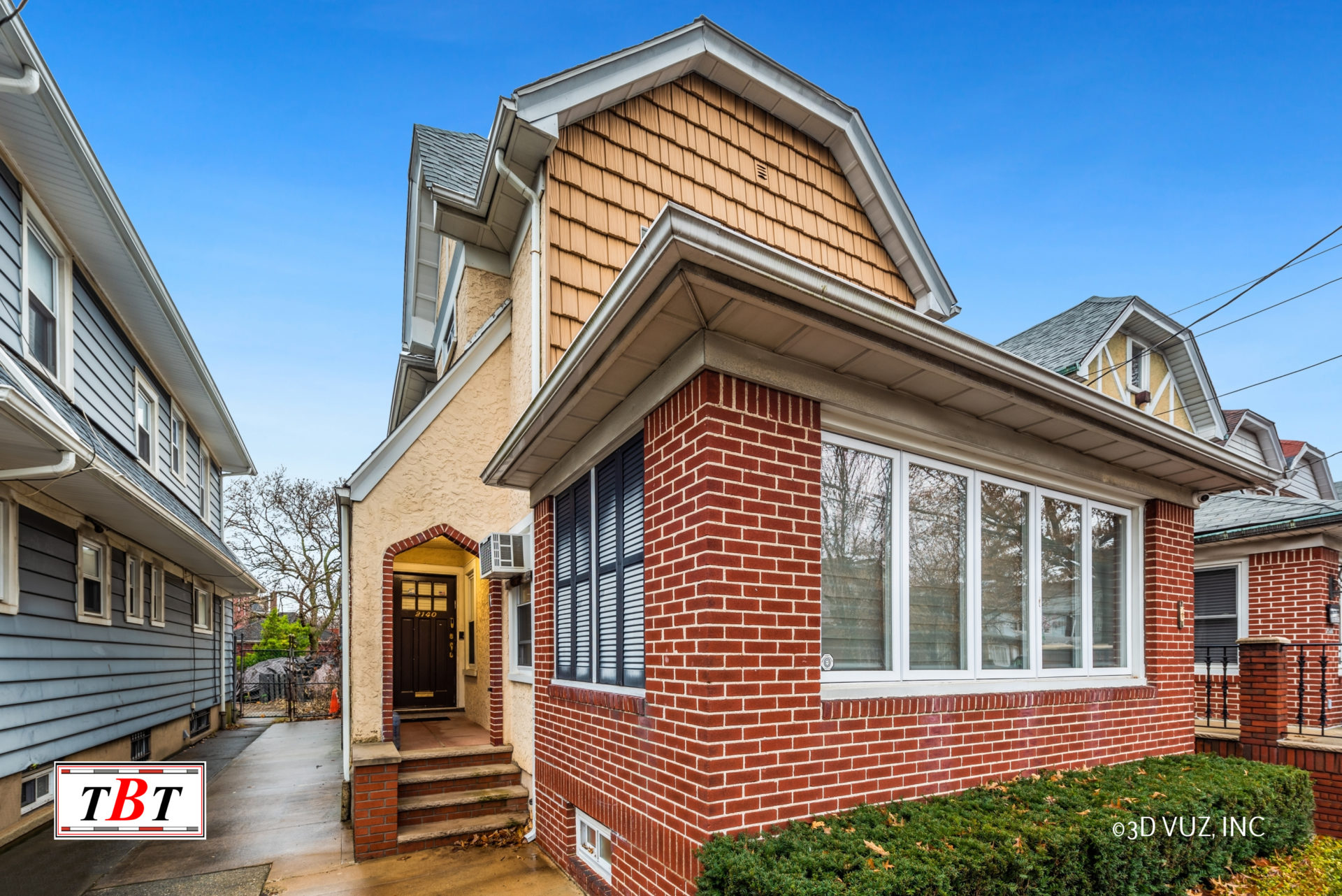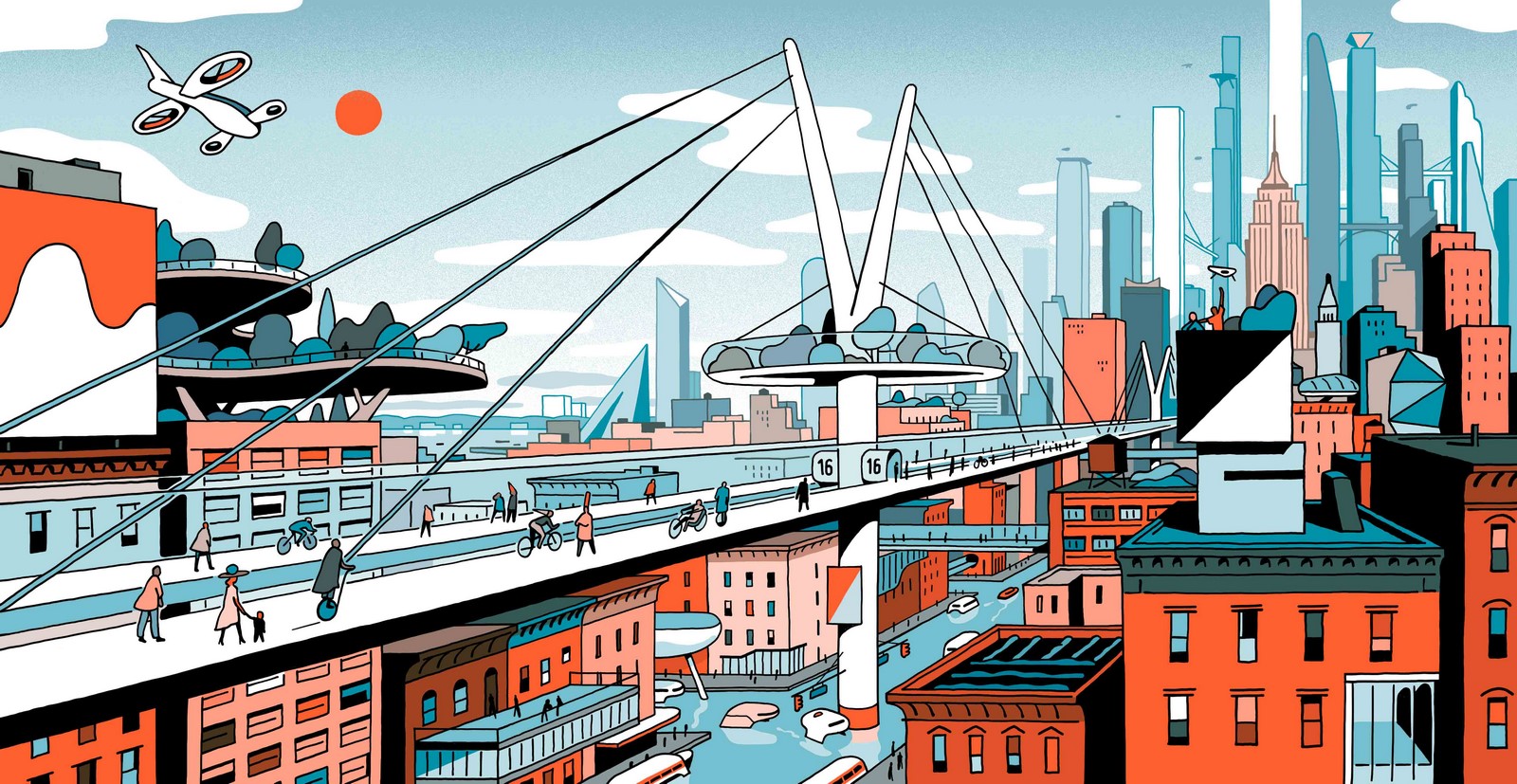

It’s clear Robinson thinks the recent US propensity for uncontrolled capitalism is the cause of a number of social ill, and a couple of his schemes relate to bringing this under control. See also Miami Beach, which continues to stand through major hurricanes while cheap development housing washes away.) Because many of the NYC buildings are anchored into bedrock, they will continue to stand and be usable, like a new Venice, but buildings built on a slab won’t do this. This includes a return to airships and clippers ships, plus solar power and villages floating both in the air and on the water. Robinson has suggested methods for dealing with the need for different housing and transportation methods as sea levels rise and fossil fuels near exhaustion. Instead, everybody copes.Ĭhange is definitely coming in the next century, regardless of your political persuasion. Because of this, nobody wants to move it somewhere else when the tide starts rolling up Wall Street and into the Theatre District. This means the money already invested in putting New York City where it is and adding utilities, infrastructure and population. Robinson’s first economics lesson is on the tyranny of sunk costs.

This summary includes major spoilers, of course. Most people won’t want to commit to the intellectual exercise of slogging through all 600 pages of the teensy font and slow-moving plot in New York 2140 to unpack his ideas, so I’m going to summarize some of it here and ask for discussion. Looking back at Kim Stanley Robinson’s body of work, I get the idea that he’s sort of interested in the idea of engineering both social and environmental problems, and that he thinks these two areas are heavily intertwined in producing threats to the future of humanity.


 0 kommentar(er)
0 kommentar(er)
